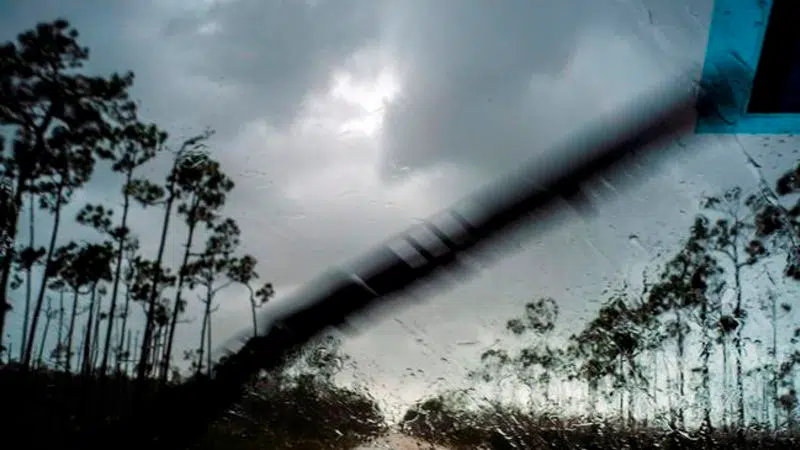
Dorian strikes Bahamas with record fury as Category 5 storm
MCLEAN’S TOWN CAY, Bahamas — Hurricane Dorian struck the northern Bahamas as a catastrophic Category 5 storm Sunday, its record 185 mph (297 kph) winds ripping off roofs, overturning cars and tearing down power lines as hundreds hunkered down in schools, churches and shelters.
Dorian slammed into Elbow Cay in Abaco island at 12:40 p.m., and then made a second landfall near Marsh Harbour at 2 p.m., after authorities made last-minute pleas for those in low-lying areas to evacuate.
“It’s devastating,” said Joy Jibrilu, director general of the Bahamas’ Ministry of Tourism and Aviation. “There has been huge damage to property and infrastructure. Luckily, no loss of life reported.”
The hurricane moved over the eastern end of Grand Bahama island during the night, with a slight decrease in its top winds to 180 mph (285 kph), forecasters said. It was moving to the west at 6 mph (9 kph).


